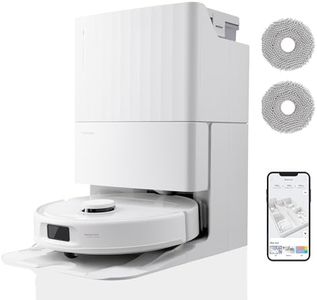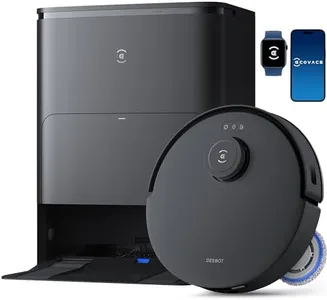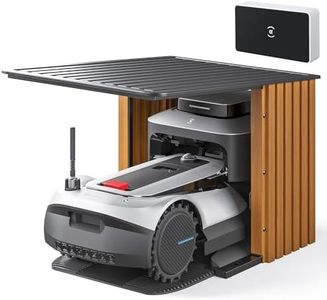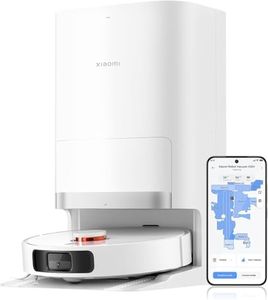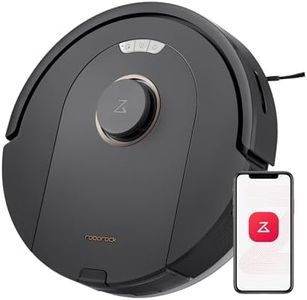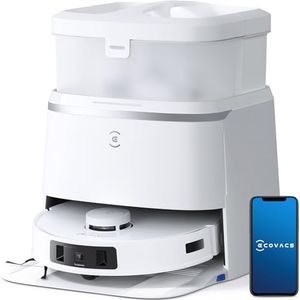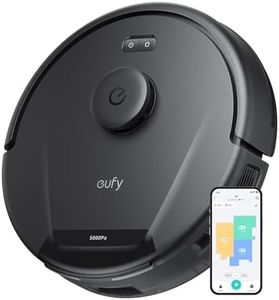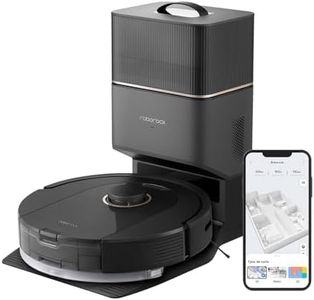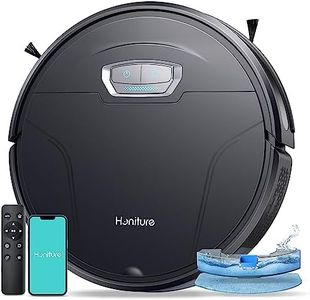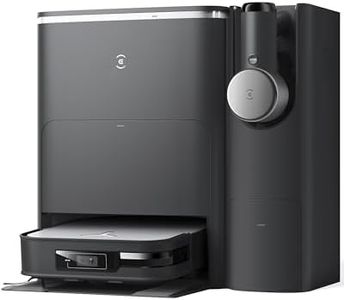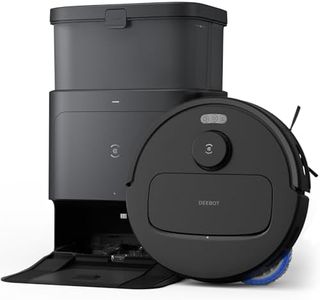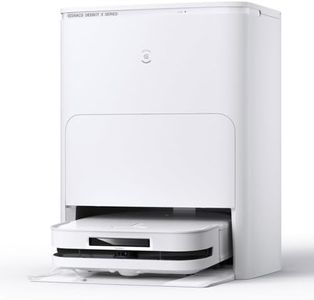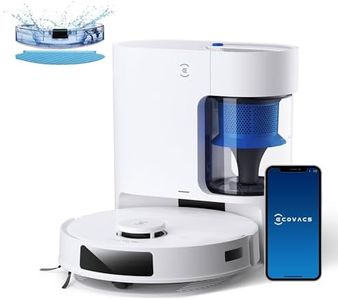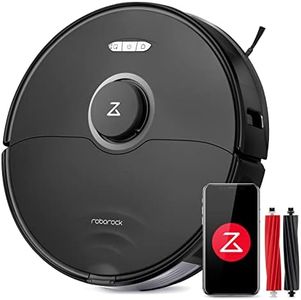Wir verwenden CookiesWir verwenden Cookies, um die Sicherheit, Leistung, Funktionalität sowie Analyse- und Werbeaktivitäten zu verbessern. Wenn Sie diese Website weiter nutzen, erklären Sie sich mit unserer Datenschutzrichtlinie einverstanden
10 Beste Roboter
Von führenden Marken und Bestsellern, die im Internet erhältlich sind.Einkaufsleitfaden für die besten Roboter
Choosing a robot, whether for cleaning, entertainment, or another purpose, can greatly enhance daily life by making tasks easier or more enjoyable. The most important thing is to be clear about what you need your robot to do. Think about what problem you're trying to solve or what activities you want to automate. Once you know your main use case, you'll be able to compare what different robots offer and pick one that's well suited to your needs. It's also helpful to think about your space, how much time you want to spend maintaining your robot, and your comfort with technology.Intended UseThis refers to the main function the robot is built for—such as cleaning floors, mowing lawns, providing entertainment, teaching skills, or assisting with tasks. Identifying the intended use is crucial because robots are highly specialized. For example, a robot designed for vacuuming won't mow your lawn, and vice versa. When choosing, focus on what you want the robot to help with and narrow down your search to robots made for that purpose.
Navigation SystemA navigation system is how the robot finds its way around. Some robots use basic sensors to avoid obstacles, while more advanced models may have mapping features, like laser or camera systems, to 'see' and remember your space. Simple navigation is okay for uncluttered or small areas, but if you have a large space or lots of furniture, better navigation means the robot will clean more efficiently and get stuck less often. Consider your home's layout to decide if you need a basic or advanced navigation system.
Battery LifeBattery life tells you how long the robot can work on a single charge. Short battery life might mean more frequent recharges, which can interrupt tasks, especially in larger spaces. Longer battery life is helpful for big houses or more complex jobs. If you have a small apartment, lower battery life is often enough, but for bigger places, aim for longer runtimes so the robot can finish its job without stopping.
Maintenance RequirementsEvery robot needs some upkeep—like emptying bins, cleaning sensors, or replacing parts. Some robots have features that make maintenance easier, such as self-emptying or self-cleaning. If you want a hands-off experience, look for models with these features. If you don't mind regular maintenance, simpler models might be fine. Think about how much time you’re willing to spend and pick accordingly.
Control OptionsRobots can be controlled in different ways, such as with physical buttons, remote controls, smartphone apps, or even voice assistants. If you like technology and want to set schedules or customize actions, app or voice control adds convenience. If you prefer simplicity, physical buttons or a basic remote are easier. Choose the level of control that matches your comfort with tech tools.
Noise LevelNoise level measures how much sound the robot makes when it is working. Some robots are quiet enough to run during the night or while you’re working from home, while others can be quite loud. If a quiet environment is important to you, look for robots with lower noise ratings. If noise doesn't bother you, this spec might not matter as much.
Adaptability to SurfacesThis refers to how well the robot can handle different types of floors or environments. Some robots can easily transition from hard floors to carpets or rugs, while others struggle or need manual adjustment. If your home has a mix of floor types, or unique surfaces, be sure the robot is designed to handle them smoothly. For homes with only one type of surface, this is less critical.
